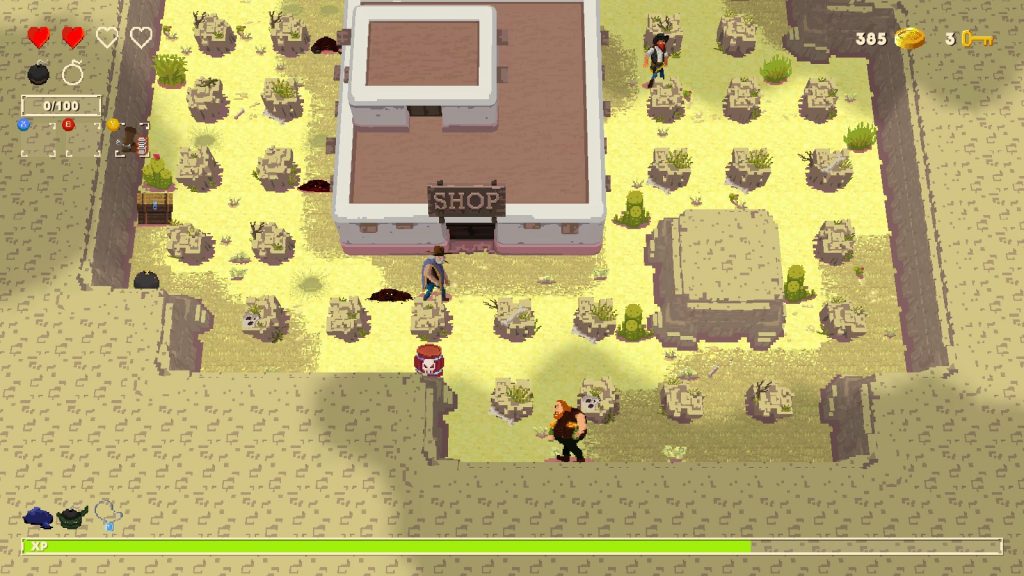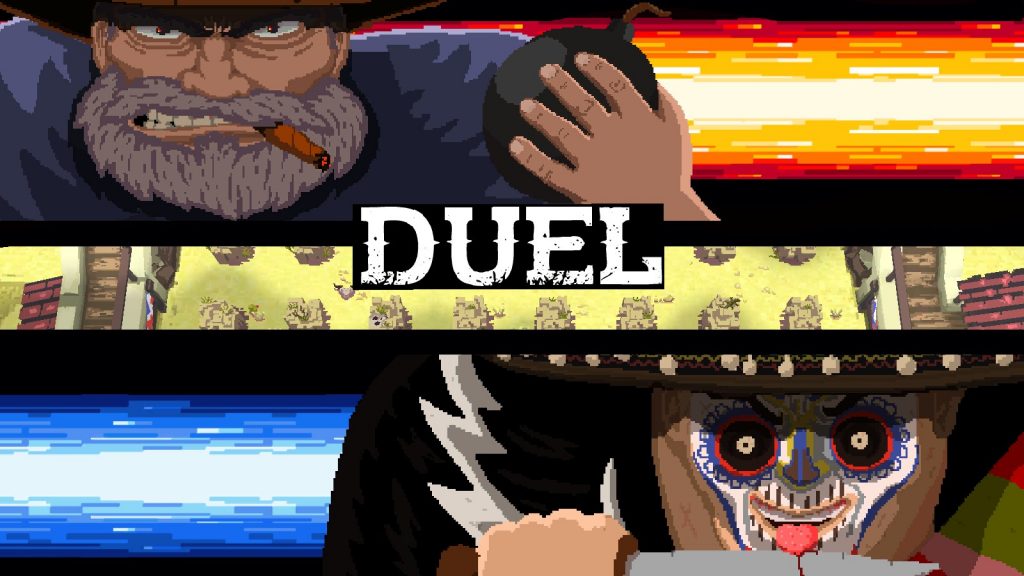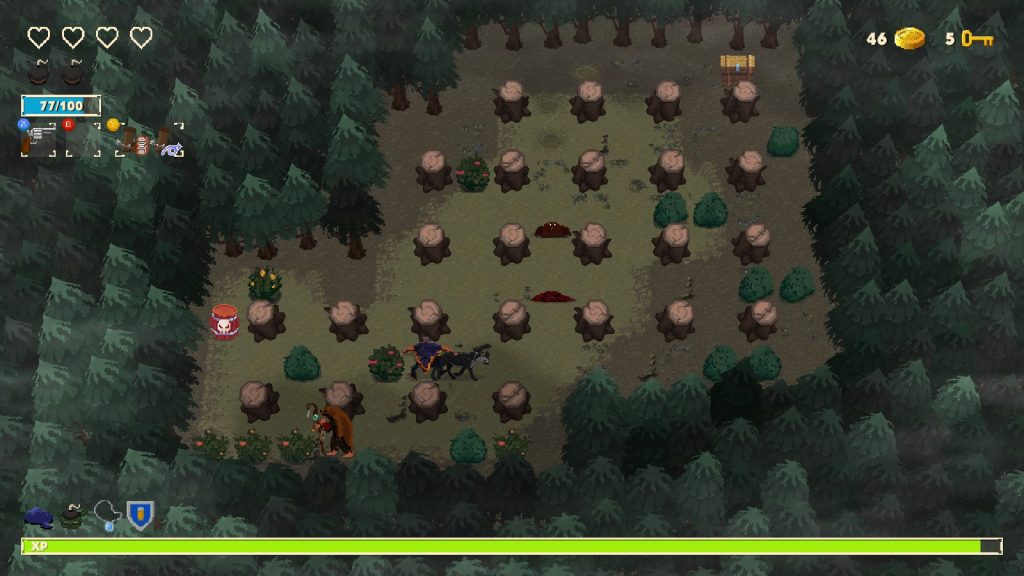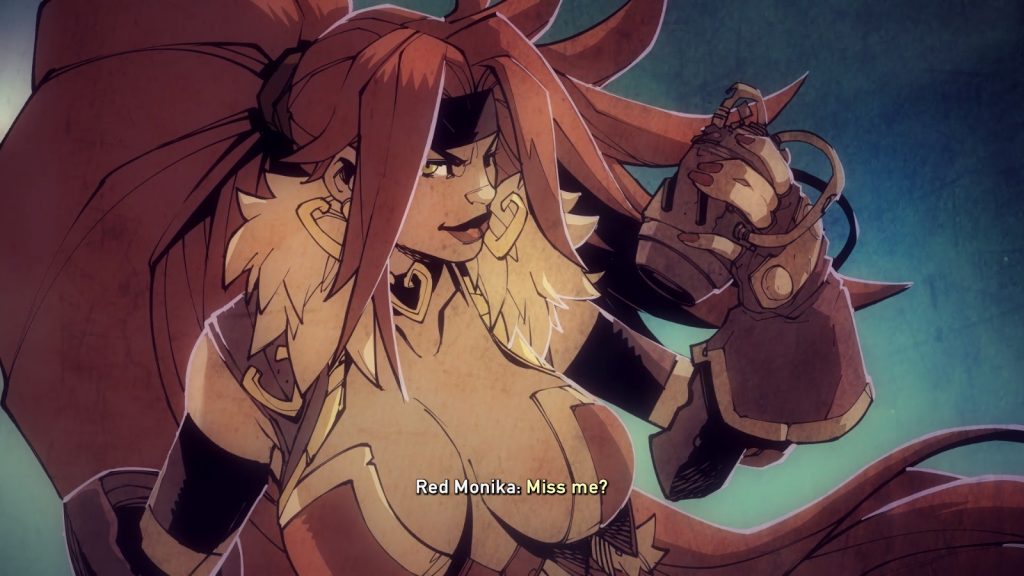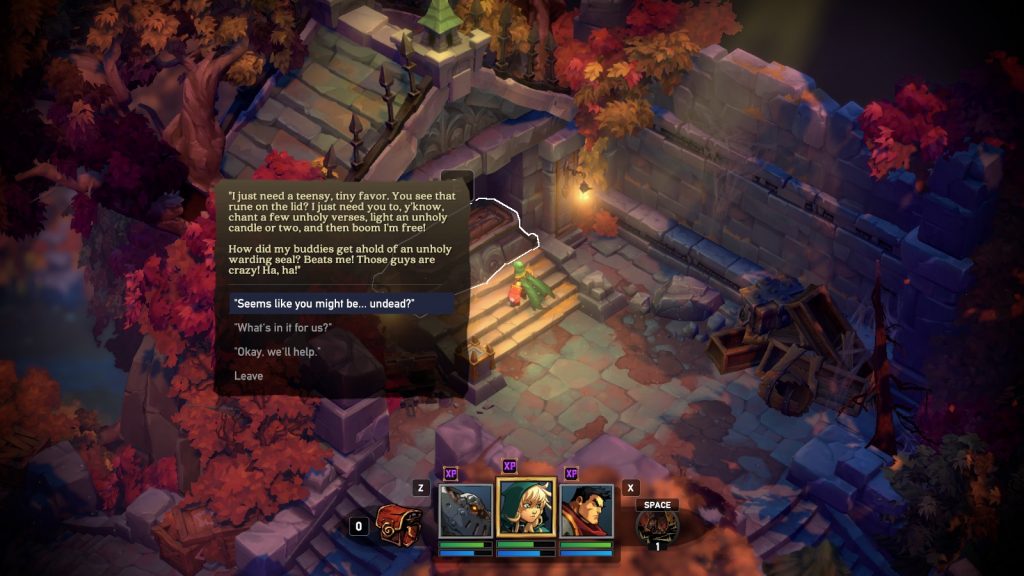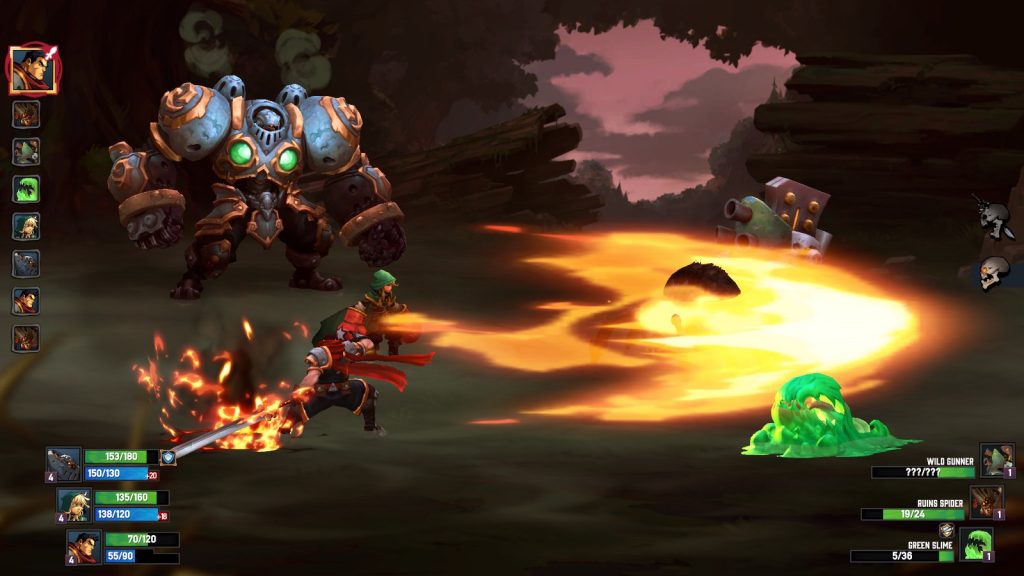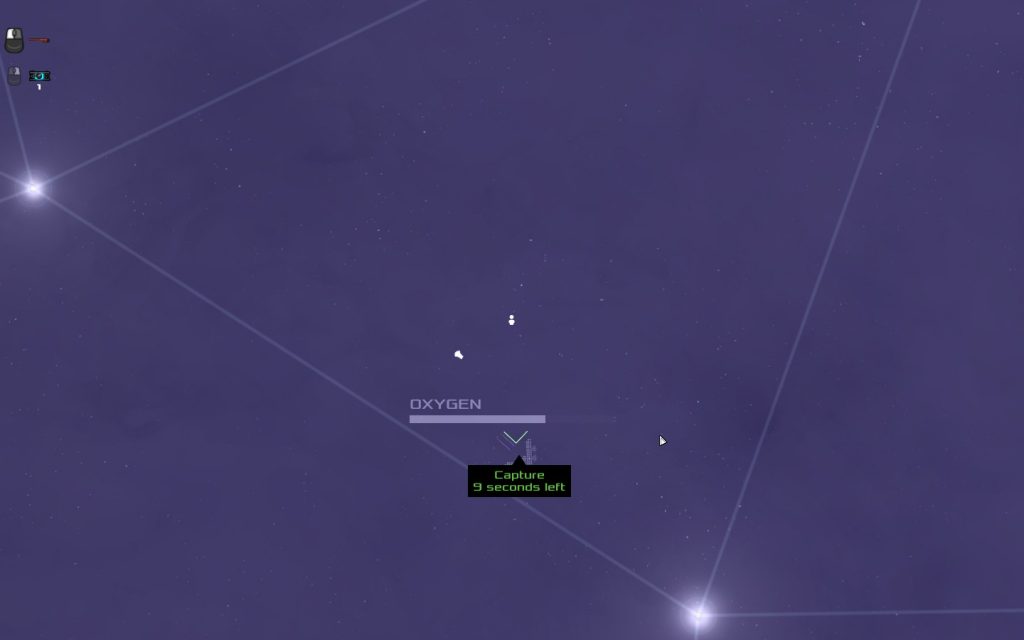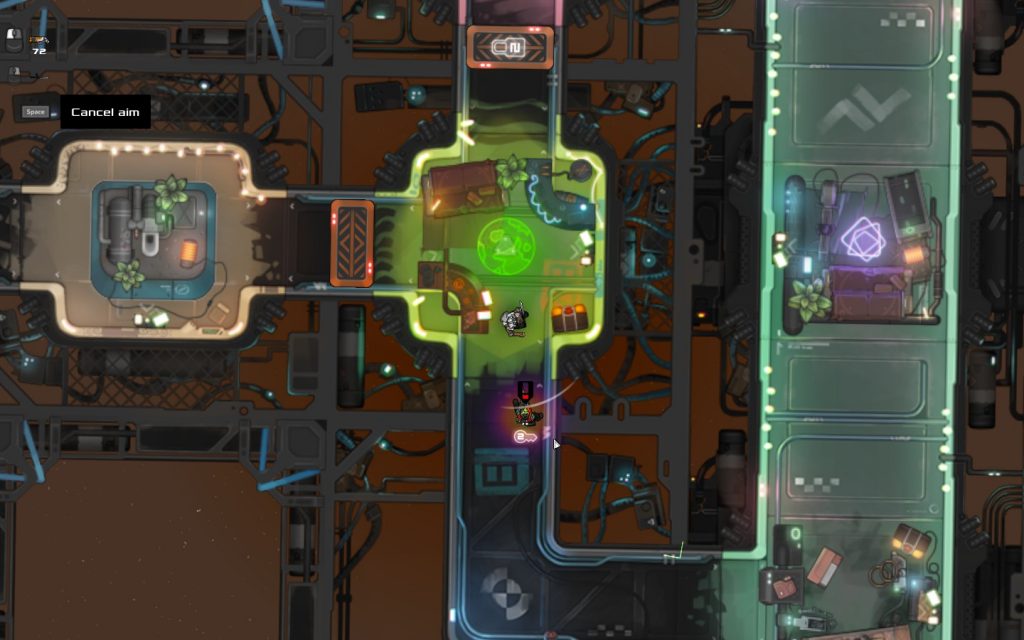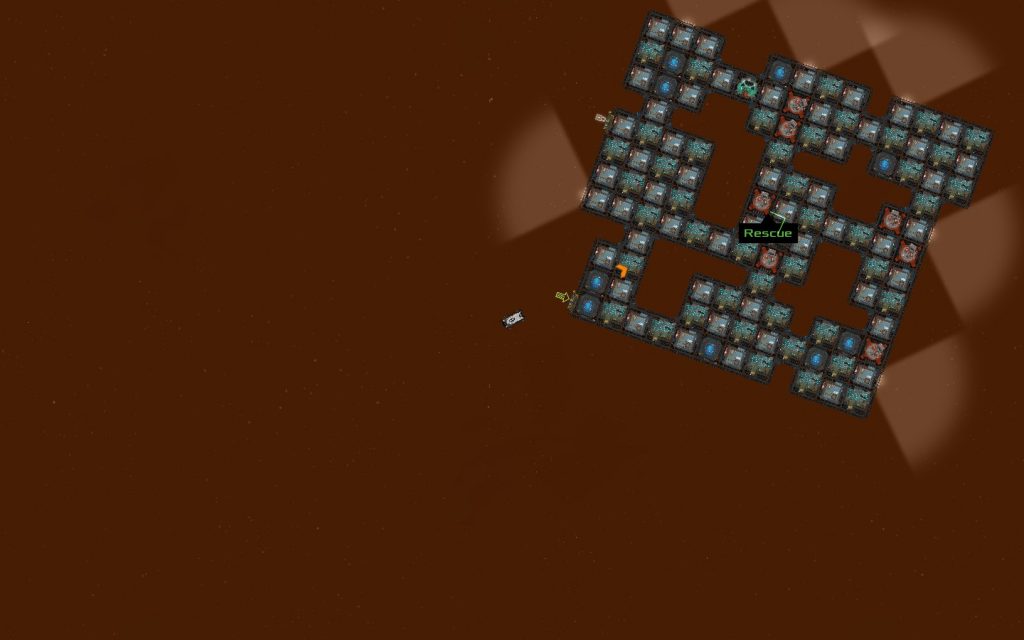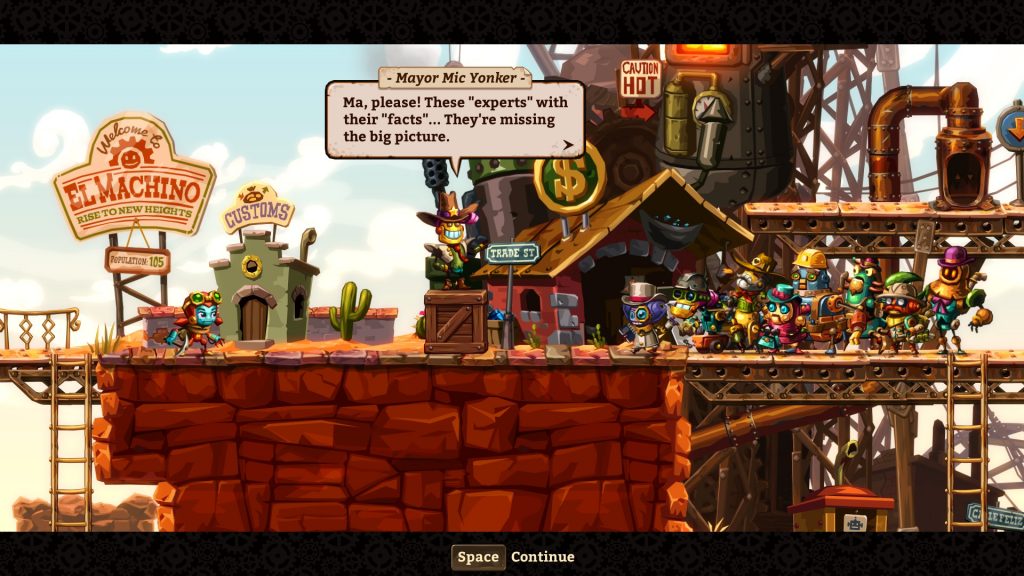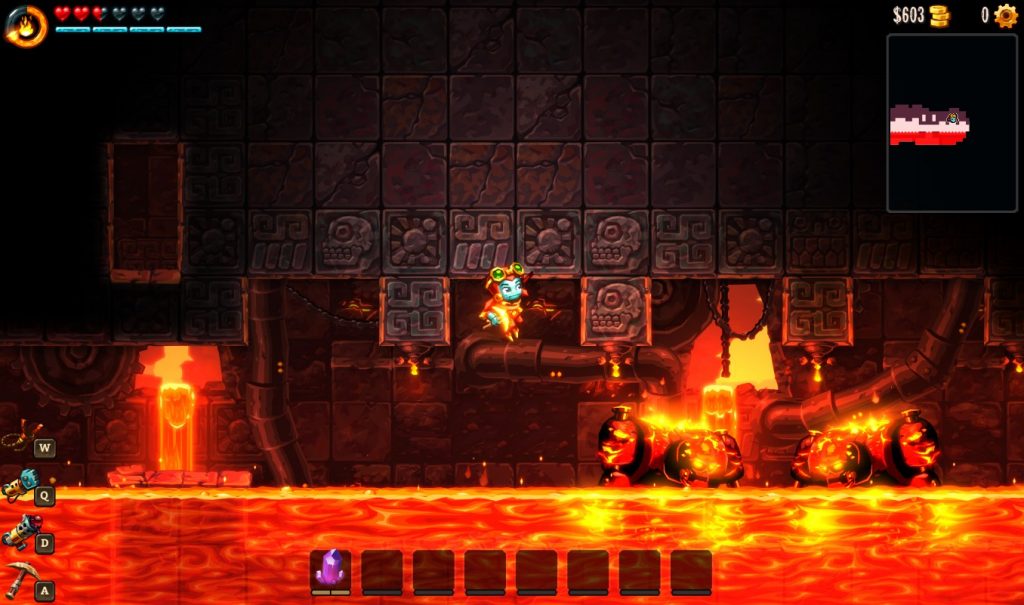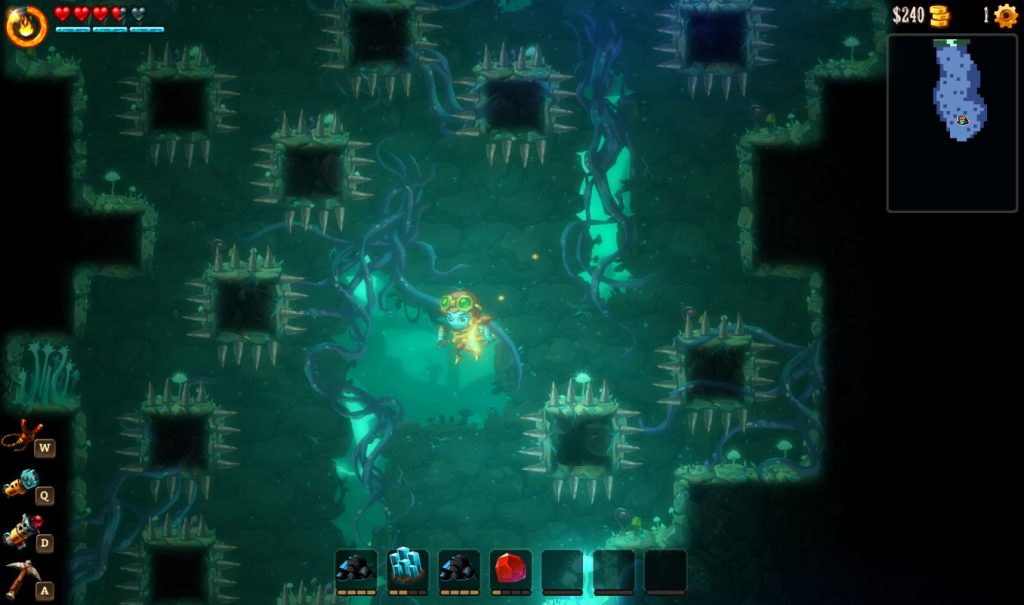YS VII (Review)

Source: Cashmoneys
Price: £19.99
Where To Get It: Steam
I’m somewhat grateful that I don’t need a heck of a lot of context for the Ys games, because there’s a lot of world throughout the series. A lot. Thankfully, one of the first nice things I can say about Ys VII is that, like others, while you’ll get a couple of references and extra context by playing previous games, each Ys game is self contained enough that you don’t need to.
Ys VII is an action RPG in perhaps one of the purer senses, in that a gamepad is useful, and fighting is mashing the hell out of buttons, dodging, blocking, all in real-time. One button for main attacks, four for specials, one for block, one for dodge-rolling, and one for ultimate power. Easy to understand, somewhat twitchy to play. In this particular installment, you play Adol (Who has a bad enough case of protagonism that he is the only character to explain that he is okay rather than just saying “I’m fine”) and Dogi, heroes of a couple of previous Ys titles, as they get embroiled in dangerous and momentous events on the isle of Altago, home of the Five Dragon Gods.
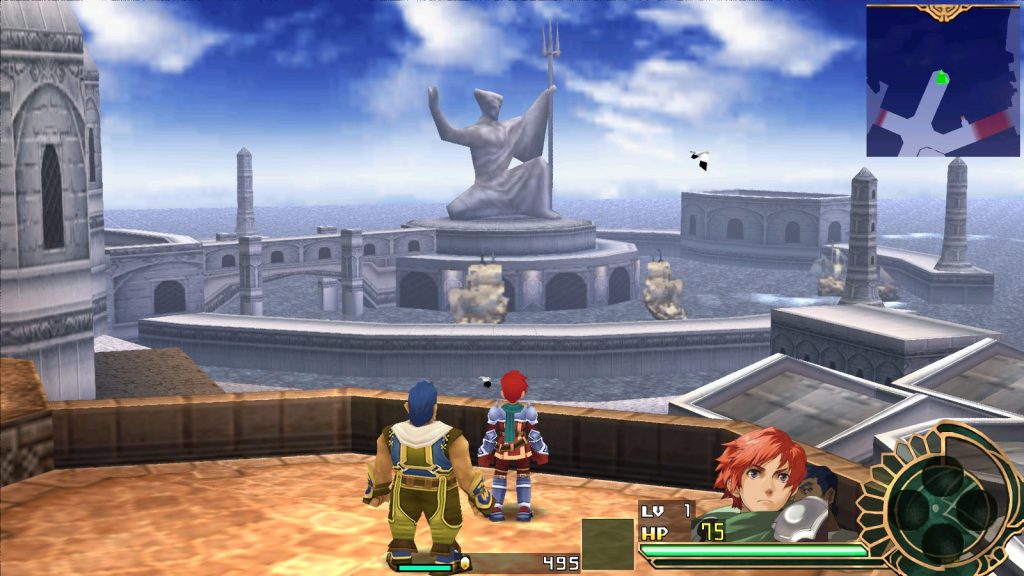
Altago is very pretty.
Originally a PSP game, the port is fluid and easy to play, with the only major sign that it is a port being the save menu. As such, I’ve been enjoying myself immensely, whacking the hell out of monsters, getting and solving quests, and fighting… Titanos.
Effectively, the rough way it goes is this: You get a plotquest, maybe some sidequests if you actually talk to the NPCs (Even if you don’t do this for quests, the dialogue is occasionally interesting, and the world seems quite alive, so I’d recommend it), make your way through the overworld map, fighting as you go (Or, if you can’t be assed, dash-dodging your way past everything… Although this means you miss out on XP, gold, and resources used to craft better gear you’re probably going to need) to a dungeon, solve a few puzzles, and fight… Titanos. A boss by any other name is just as pattern based, and just as bossy. Giant beetles, boars, and stranger creatures abound, and honestly?
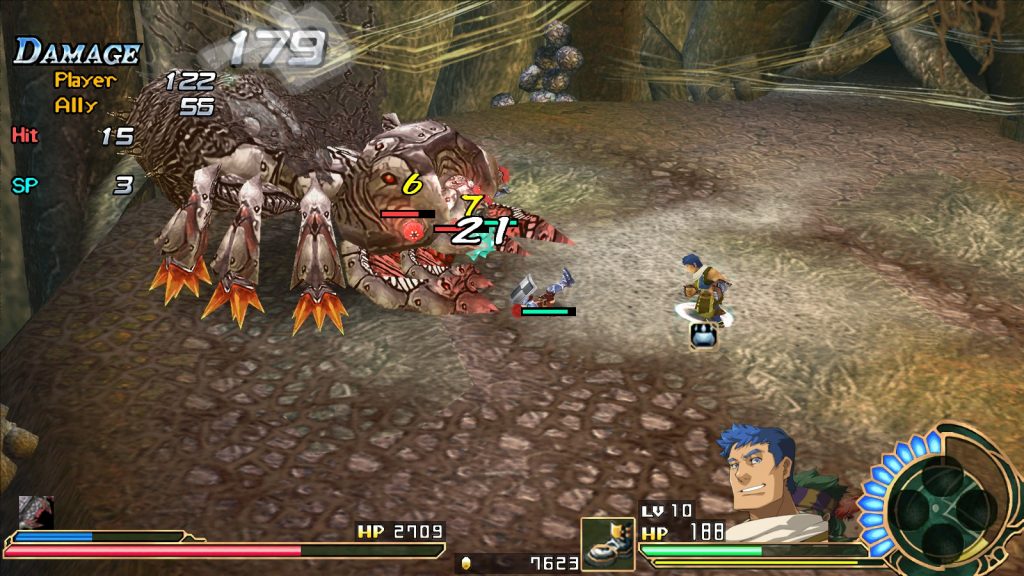
Screenshots, unfortunately, don’t do justice to how smooth and quick this is… Or how boned I am about to become.
These are the real skill-gates of the game, compared to the enemies. Until later in the game, yes, enemies have attacks. They give conditions. They have defenses. But they also generally go down to a sustained assault, which is exactly what you and your AI companions are probably doing. Titanos, in the meantime, are definitely both the more intriguing and frustrating end of things. Zeran Fith, the giant beetle, for example, won’t be taking much damage at all until you knock the armour off his legs, letting his almost chameleon-like sticky tongue out and giving you a proper chance to wail on it. And there’s a fair amount it can do to dissuade you (terminally) from this. Turning quickly, webs spit out, poison is shot, prawns with fiery bubbles are summoned… I died twice to Zeran Fith, and he’s only the third Titano you encounter.
Thing is, though, even coming out of that sweating, I’ve been having fun. Every basic mechanic is explained clearly, the world is interesting, the music good, and the world is beautiful. The rock-paper-scissors of bludgeoning, slashing, and piercing damage versus various enemies is clever, encouraging me to get to grips with every character I play as, and each one definitely has character. Adol is perhaps the most generic (Heck, it’s even joked about with that third person narration), Dogi puts his all into what he does (Which, in the overworld, is punching the hell out of armoured enemies), Elk fluidly and rapidly wields his dual bladed staff, almost dancing. And these are just the earliest examples.
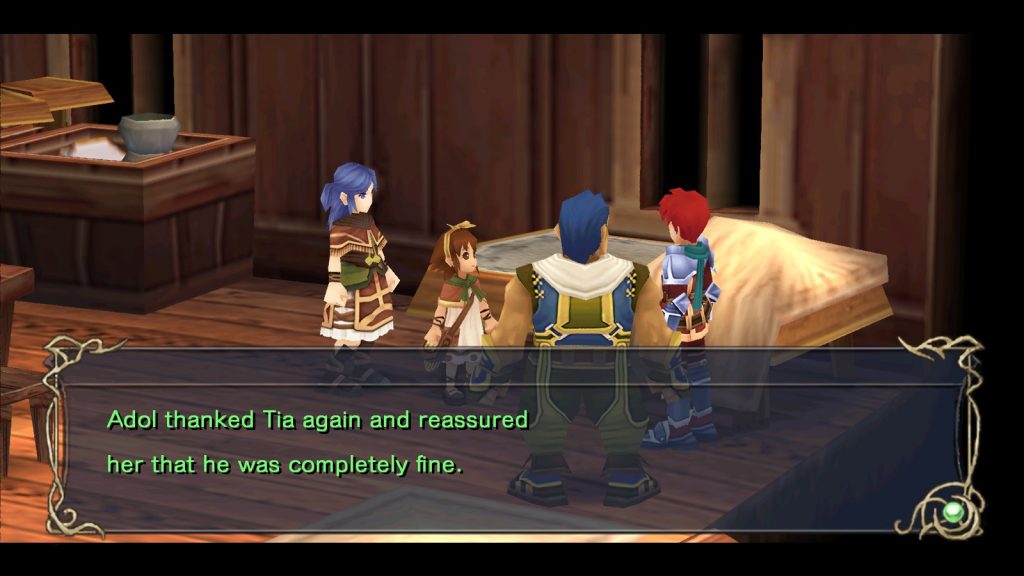
Adol thought he should really stop speaking in the third person. But nobody else seemed to notice, so he carried on.
Honestly, there’s not a lot I have to moan about here, because even death is a case of retrying from the start of the fight or loading a save (A quick process), and the experience, overall, is fluid. The writing’s solid, the game’s solid, the difficulty curve is actually pretty good (This is an RPG where Normal difficulty really does mean “To an average player’s skill” , which is very nice.) The only flow breaker I’ve seen is using potions and items, which, due to limitations of the original platform, is effectively a pause menu.
Overall, a good action RPG, well worth its price, and well worth a look.
The Mad Welshman only speaks in the third person for effect, or when he really, really wants to close a conversation.


